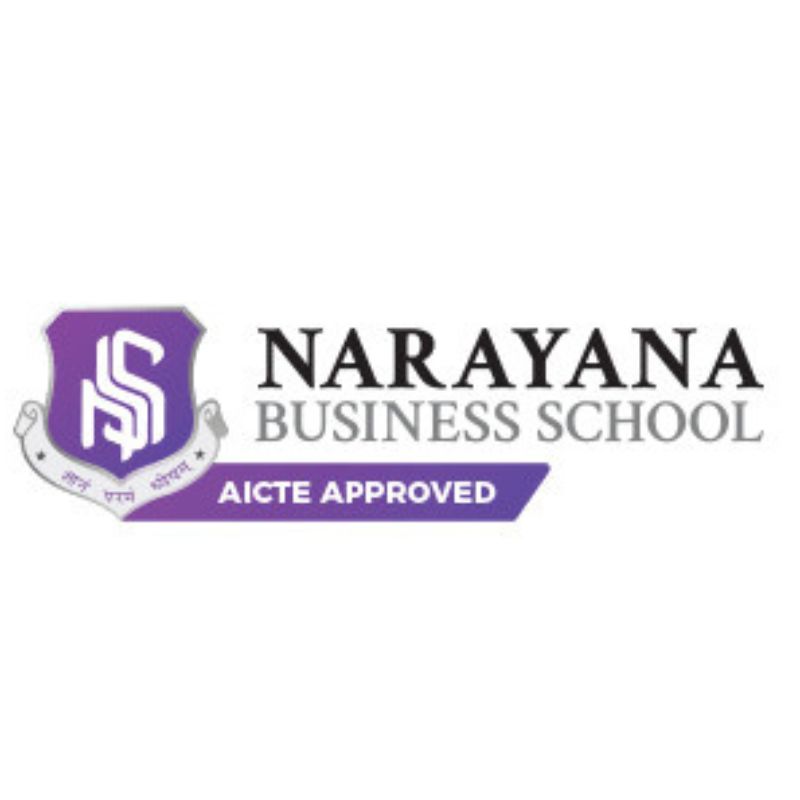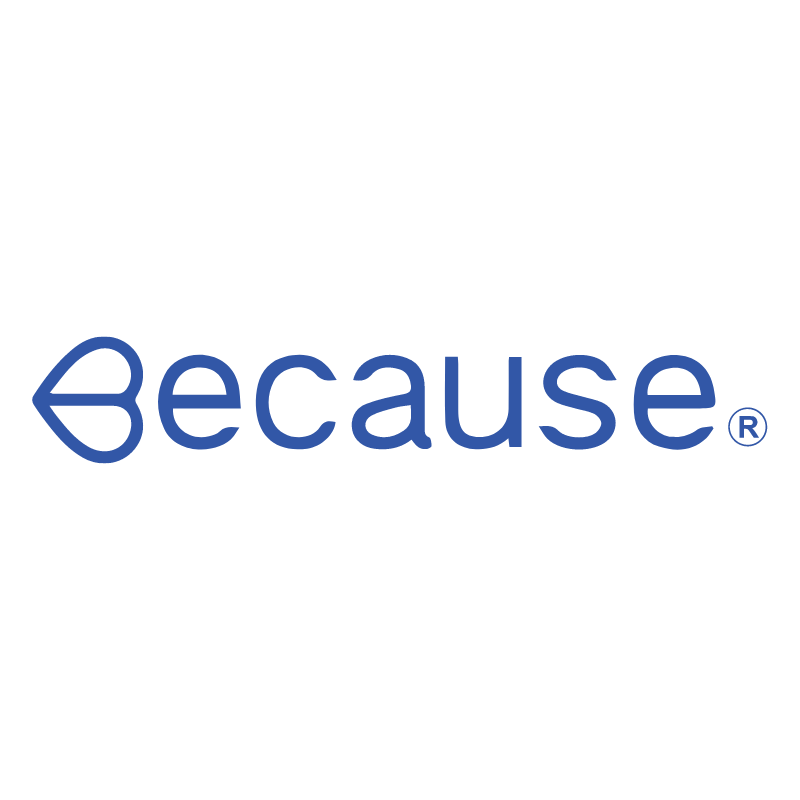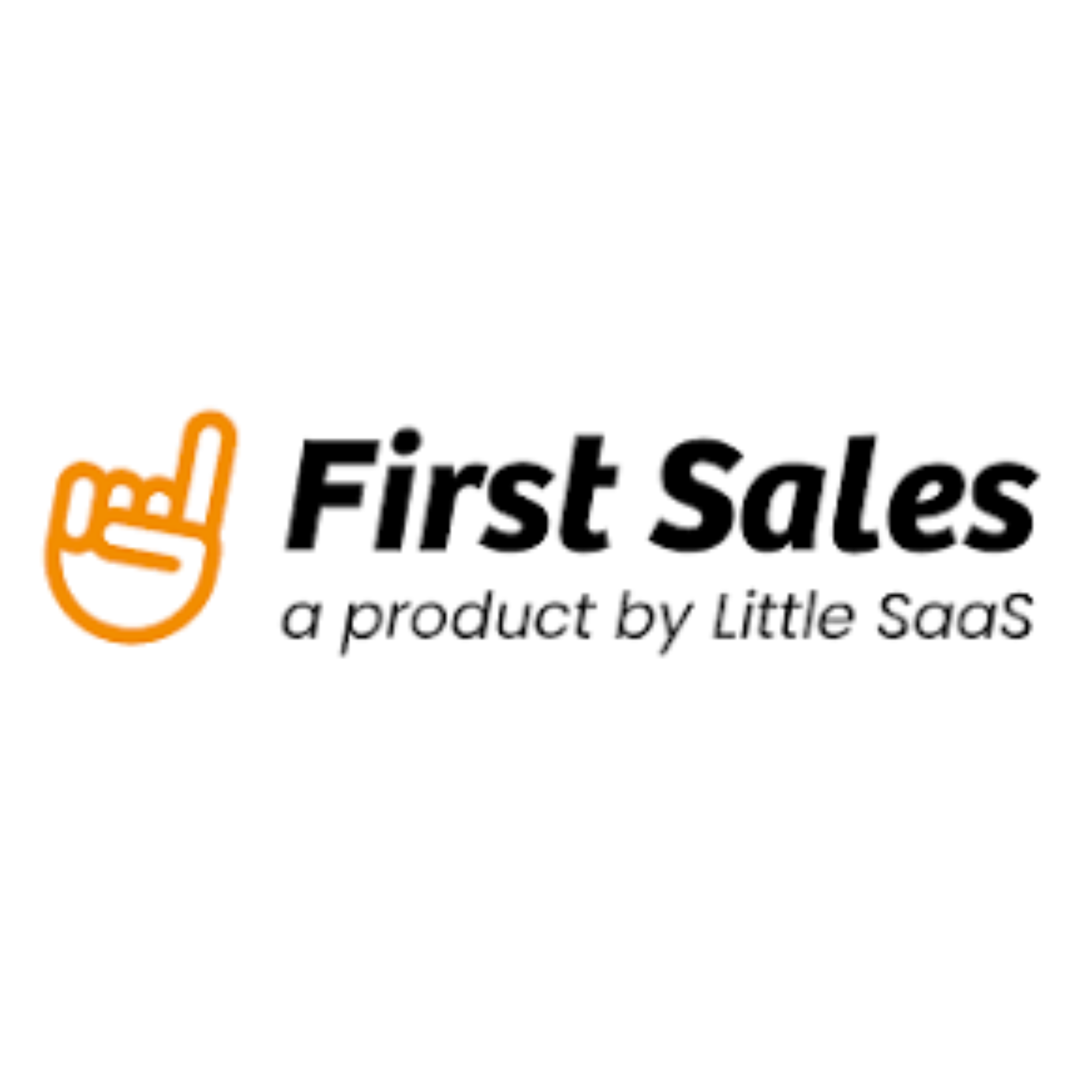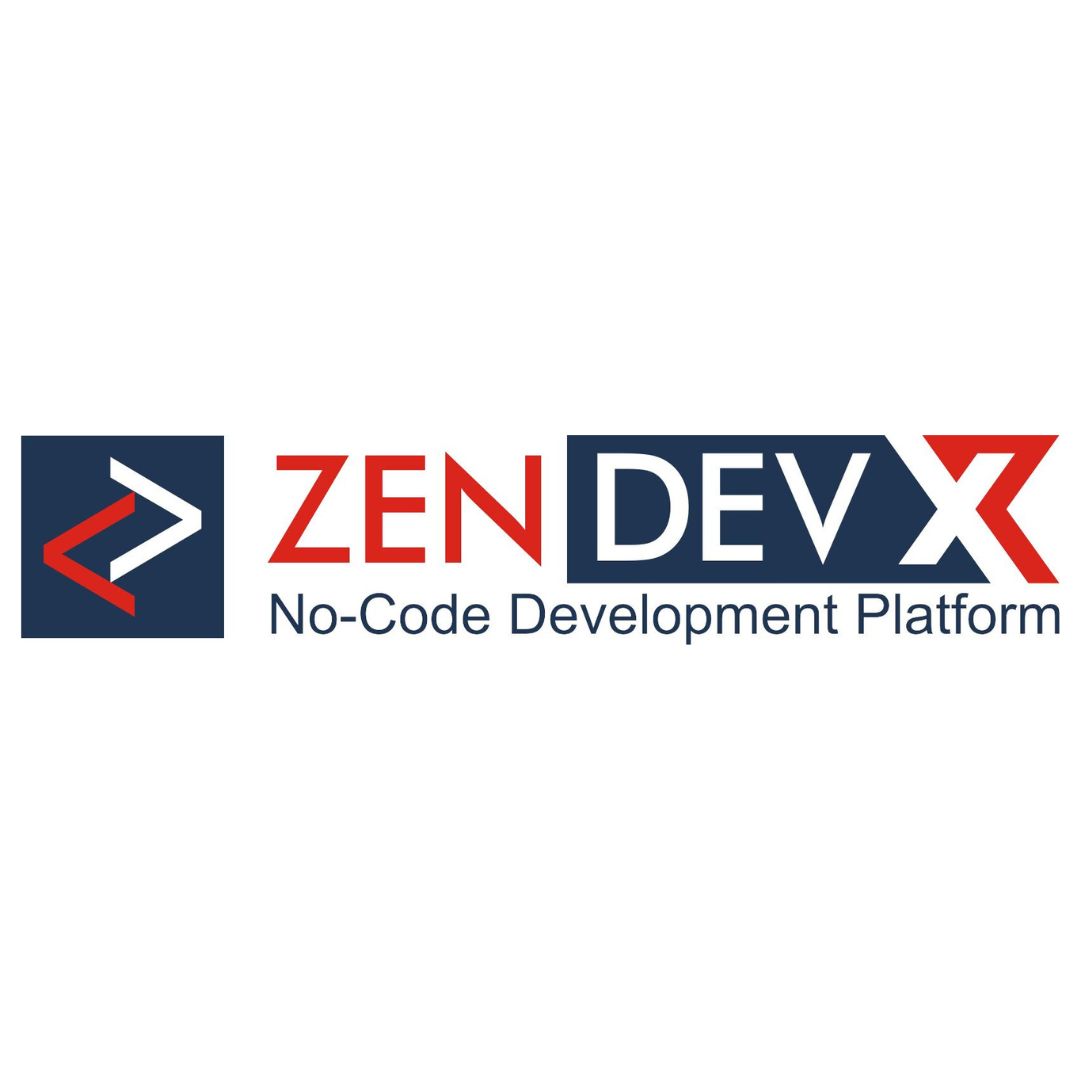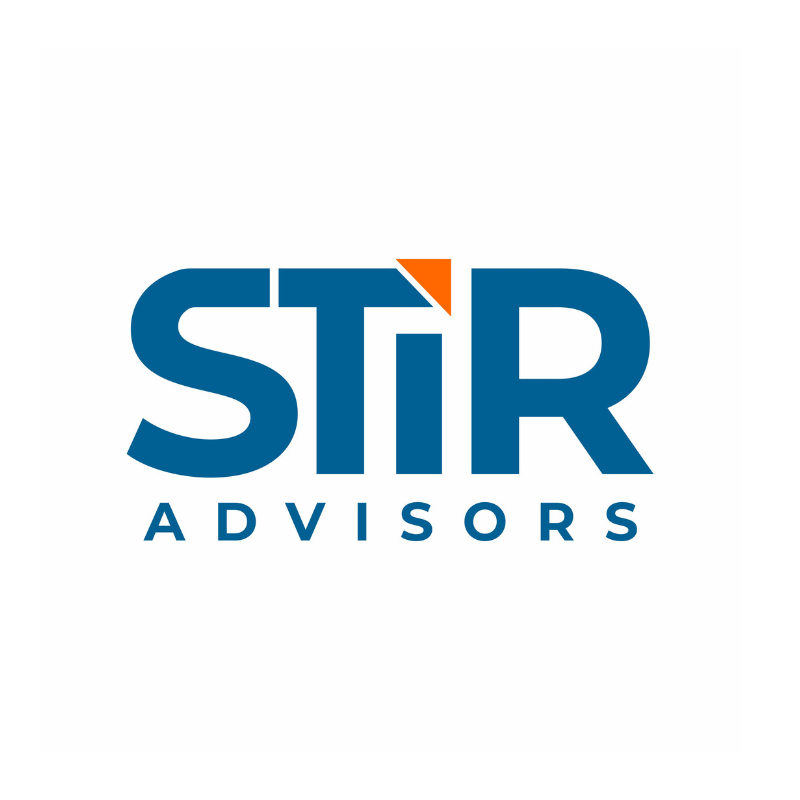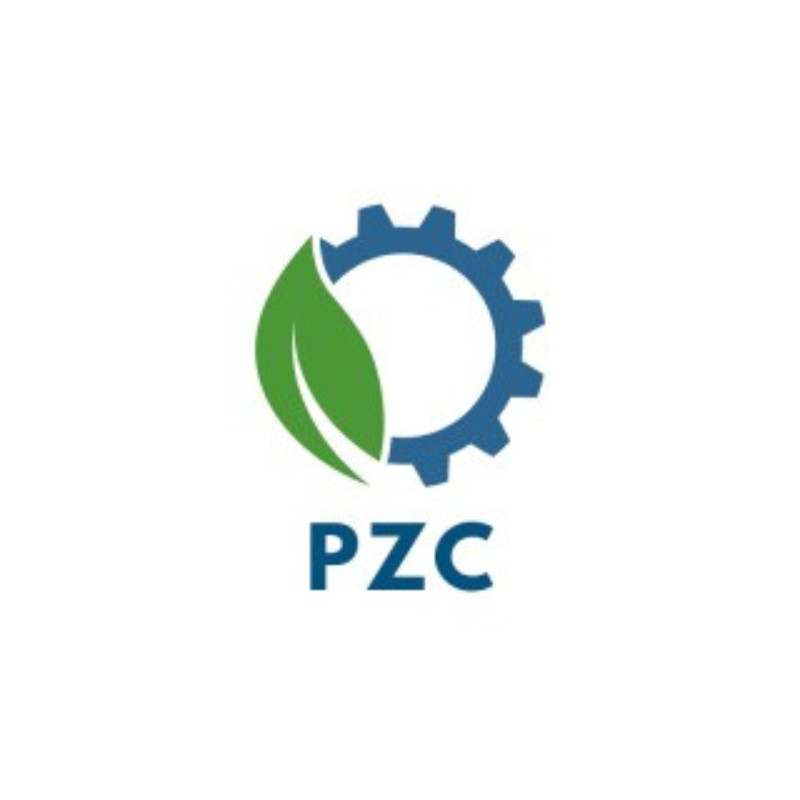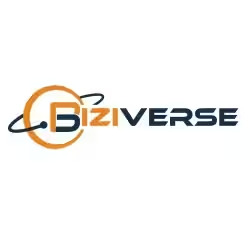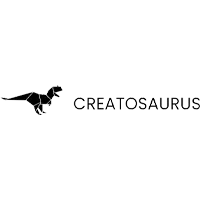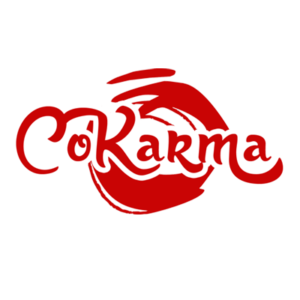Have you just hired some new team members? How do you plan to train them so that they fit just right and turn out winners? Here’s something to discuss.
It’s the time of the year again. Getting new people on board - new hires, fresh or with some experience, expanding the headcount, adding new talent and resources.
While most companies have extremely robust processes as regards short-listing, interviewing and hiring people, some companies better handle the onboarding of newcomers than other companies do. The fact is, some companies, both the well-established ones and the start-ups, do not have decent systems as regards the onboarding.
And what is onboarding? It is how the new-comer is taken into the wings, shown how things are done or tasks are achieved and in general clearly explained the company culture – and no, it’s not just the slide-show you show during the Pre-Placement Talk on campus.
In fact the Powerpoint presentation or the short video was not even half the story (though it’s often the best part of a story, like the teaser of an upcoming movie ;) ). Onboarding goes way beyond the routine training schedules.
When an individual joins a company, she sure comes with a lot of expectations, some of which are easily quantified (working hours, leaves, compensation programs etc), while others are hugely qualitative (work culture, reporting structures, communication channels, compliances, training resources, etc.).
Like it happens in our rom-coms and boy-meet-girl movies, the impression that the new recruit collects in her first week is more likely than not going to remain deeply embedded. (You may want to check out this infographic.)
This post is divided in three episodes, presented as imaginary conversations between three friends (also imaginary ;) who have each joined a different company (you guessed it - imaginary!). They share the experiences of their first week at their new company, each experience focusing one of the many dimensions of onboarding.
Disclaimer: No prizes for guessing - yours truly is no HR expert. My interest in training is largely through the eyes of a trainer who tries his best to groom his students in multiple areas. This post is merely intended to share some of the things I learnt, read, observed, guessed and generally felt a need of.
All portions that you find awkward or plain dumb, you may rest assured they are my original ideas :-)
That said, yes, I do look forward to engaging the readers in a dialogue in the hope that we all will add value to the great Hire-Train-Retain magic. That’s to remind each of us that the whole is greater than the sum of parts.
Comments more than welcome.
1. The Extreme Documentation Company
Priya Joseph, “Guys, I think my company is quite sold out on documentation. Everything seems to have a written process, a best-practice guide.
We aren’t a large company - there are exactly 63 people, including me and 7 others who’ve just joined. When I walked into the office on my first day, there was a pleasant sign in large letters that read, “Hi new-comers, welcome to Winter Pear! Please proceed to the Training Hall. It’s the second room down the lobby!” There was an arrow on the sign too, indicating the lobby.
When I entered the Training Hall, I found there were 10 chairs, with a spiral-bound folder on each. I picked up the folder as I sat down (the chair had a label with my name). The folder read “Training Module Part 1. New recruits, please read carefully!”
You wouldn’t believe what the Training Module Part 1 detailed. It contained instructions like where the employees could park their vehicles, what sort of public transport was available, a small map of the entire office with places like the loo and the fire extinguishers marked, a reference map of the entire building in which we were housed, the timings and contact numbers of near-by food joints and packed-lunch services….
More documents, spiral-bound reports and folders followed. Considering that Winter Pear is barely 4 years old and relatively small, I was both amused and puzzled at the extent of documentation they seemed to follow. Honestly, I thought - more than once - they were going a tad overboard, with all these documents and stuff.
Sounds ridiculous? It did to me too. But by the end of third day, I was completely convinced that all the documentation made a lot of sense. It made our lives so easy. Because of the printed parking guidelines and the office map and stuff, for instance, by the end of the first day, all 8 of us felt like we had been working here since long.
The Part 2 of the Training Manual also contained detailed instructions about the regular communication channels and what were the emergency communication channels and when to use which. (There were a couple of illustrations that explained what emergency meant.)
Winter Pear specializes in offering training to sales teams of clients and all our employees have access to computers with internet connections. The Training Manual also explained each employee could choose a happy-half-hour, (preferably post lunch) wherein she could surf any site - online retailers, youtube, personal emails, FB... Funnily, it allowed you to check out Monster.com or Shine.com too!
It also pointed out that half-an-hour was exactly 30 minutes at Winter Pear! No spillovers!
Goodbye, my 24-hour whatsapp chat-sessions, I told my cellphone-addicted self.
The biggest advantage my company gets from such detailed documentation, as it turns out, is they don’t repeat the same mistake twice. Which means they conserve a lot of energy and time. For instance, one of us got sick post-lunch on the 3rd day and he had to be rushed to a hospital.
The same evening I heard our trainer say that the list of nearby hospitals and doctors, with their phone numbers, has been pasted near the water-cooler and near the main entrance! So, God forbid, if there’s some medical emergency in the near future, they won’t be wasting any time hunting for numbers or doctors.
We aren’t anywhere close to the big league of our industry, but we are sure getting ready for it. Whenever we break into the next level of business, I know our documentation will be a key contributory.
Questions:
Does your company document the training and onboarding process?
Do you think the trouble is worth it?
Does it anyway contribute to building a brand?
Does documentation serve the purpose of ensuring consistent training, batch after batch?
Here’s a site you may want to check out: www.shrm.org/foundation
(Coming up next, Part 2 of the Series: Go ahead kid, fend for yourself: The Informal training)

